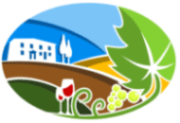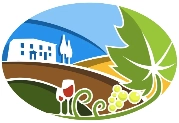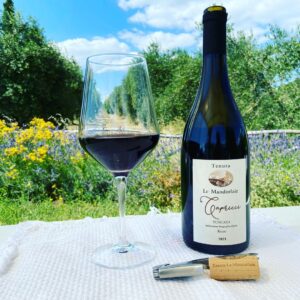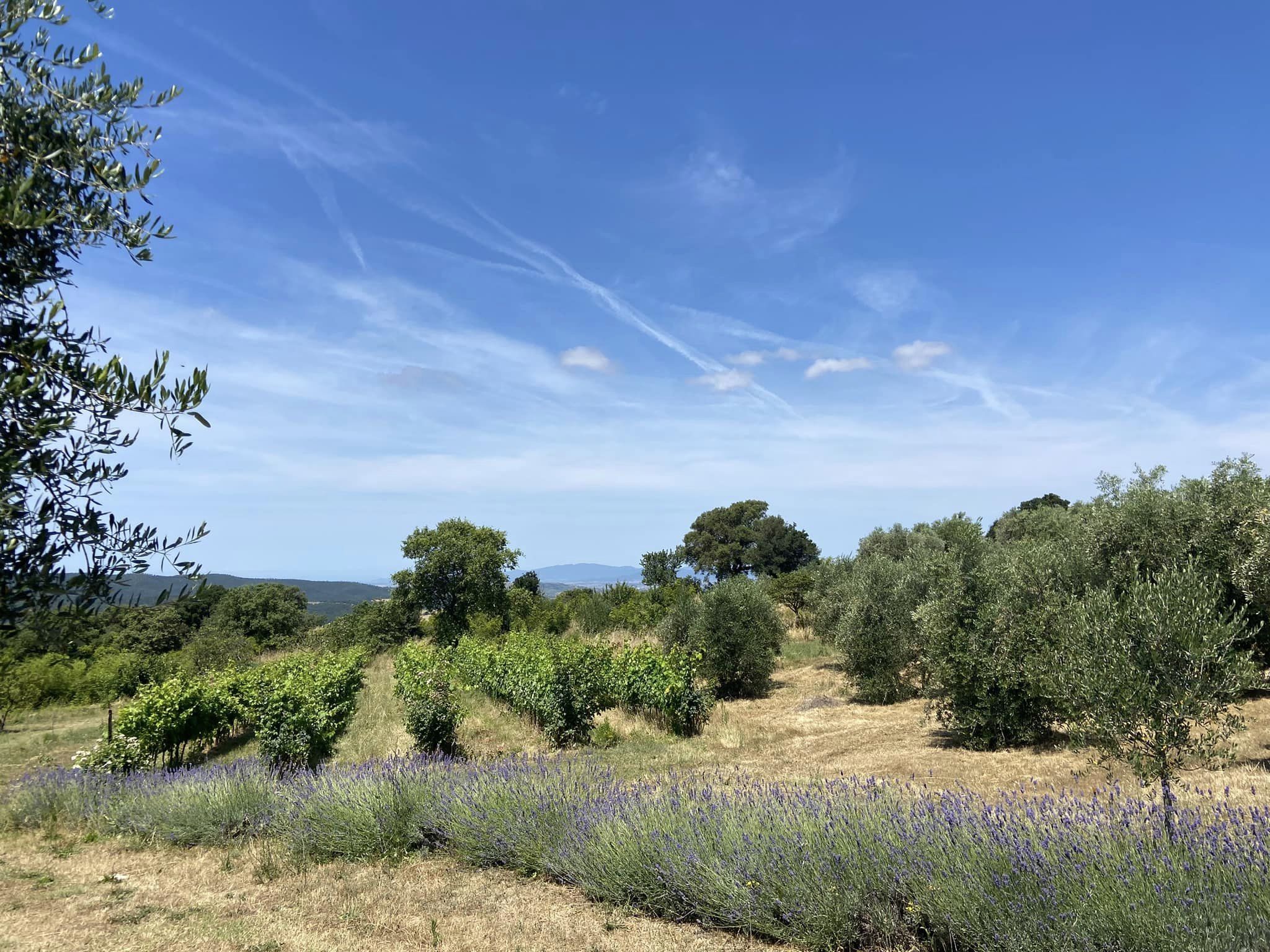
The History of Wine in Tuscany, A Journey Through Time
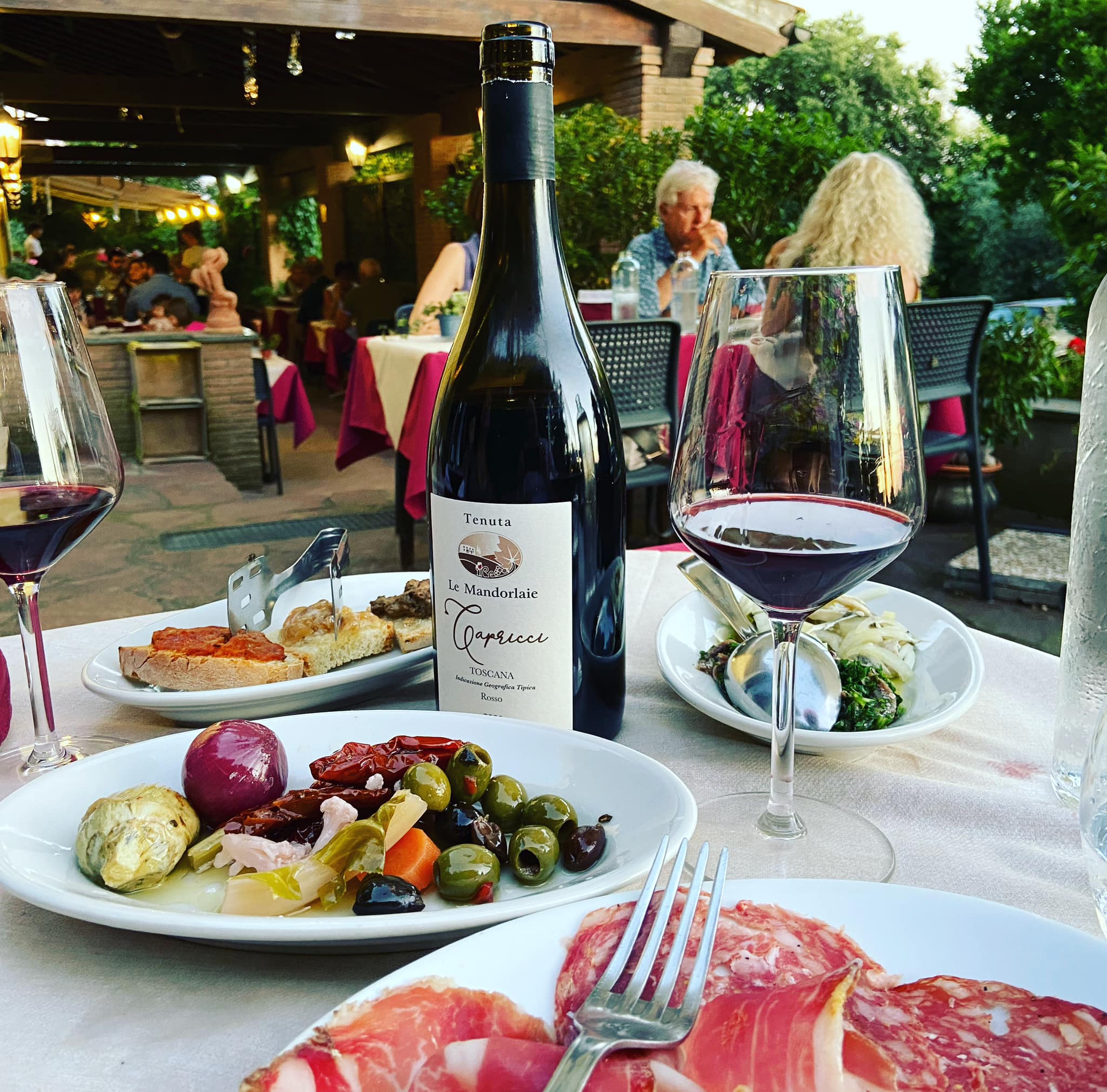
The History of Wine in Tuscany, Ancient Beginnings
The History of Wine in Tuscany begins with the Etruscans, who settled in the region around the 8th century BCE. These early inhabitants were among the first to cultivate grapevines and produce wine, recognizing the region’s ideal climate and soil. They traded their wine throughout the Mediterranean, laying the foundation for Tuscany’s reputation as a wine-producing area.
Roman Influence
The Romans, who conquered the Etruscans in the 3rd century BCE, further advanced viticulture in Tuscany. They introduced new grape varieties and sophisticated winemaking techniques. Wine became an integral part of Roman culture and daily life, and Tuscany’s wines were highly prized throughout the empire. The famous historian Pliny the Elder praised the quality of Tuscan wine in his writings.
Medieval Monasteries
With the fall of the Roman Empire, viticulture in Tuscany experienced a period of decline. However, during the Middle Ages, Christian monasteries played a crucial role in preserving and advancing winemaking knowledge. Monks meticulously tended vineyards, experimented with grape varieties, and refined winemaking processes. The church’s influence ensured that wine remained an essential part of religious and social ceremonies.
The Renaissance and Beyond
The Renaissance, a period of cultural and artistic flourishing, saw a renewed interest in viticulture. Wealthy Tuscan families, such as the Medicis, invested in vineyards and promoted wine production. Wine became a symbol of status and sophistication, often celebrated in literature and art. During this time, Chianti, one of Tuscany’s most famous wines, began to take shape. The Chianti region was officially recognized in 1716 by Grand Duke Cosimo III de’ Medici, making it one of the first legally defined wine regions in the world.
History of Wine in Tuscany, The Modern Era
The 19th and early 20th centuries brought challenges to Tuscan viticulture, including phylloxera infestations that devastated vineyards across Europe. However, the resilient Tuscan winemakers adapted by grafting European vines onto American rootstocks resistant to the pest. This period also saw the emergence of the modern Italian state, which promoted the standardization and regulation of wine production.
In the mid-20th century, Tuscan wine underwent a revolution. Winemakers began experimenting with new techniques and grape varieties, leading to the creation of the “Super Tuscans.” These innovative wines, often made with international grapes like Cabernet Sauvignon and Merlot, broke away from traditional DOC regulations and gained international acclaim for their quality and uniqueness.
Tuscan Wine Today
Today, Tuscany is a powerhouse in the global wine industry, producing a diverse range of wines that cater to various tastes and preferences. The region boasts several prestigious wine regions, including Chianti, Brunello di Montalcino, Vino Nobile di Montepulciano, and Bolgheri. Tuscan winemakers continue to balance tradition with innovation, ensuring that their wines remain relevant in an ever-changing market.
The commitment to quality is evident in the numerous DOCG (Denomination of Controlled and Guaranteed Origin), DOC (Denomination of Controlled Origin) and IGT wines produced in the region. These designations guarantee that the wines meet strict production standards, reflecting the unique terroir and heritage of Tuscany.
The history of wine in Tuscany is a testament to the region’s enduring legacy and passion for winemaking. From the ancient Etruscans to modern-day vintners, each generation has contributed to the rich tapestry of Tuscan viticulture. Today, Tuscany’s wines continue to enchant and inspire, celebrated by connoisseurs and casual drinkers alike. The region’s ability to honor its past while embracing the future ensures that Tuscan wine will remain a cherished part of the global wine narrative for generations to come.
Capricci, Our IGT Toscana, Italian Red Wine
-
Capricci Toscana IGT Rosso Tuscany Red Wine
Capricci Toscana IGT Rosso
Original price was: €16.80.€15.00Current price is: €15.00. inc. Sales tax
-
Capricci Toscana IGT Rosso 6 bottles
Capricci Toscana IGT Rosso
Original price was: €100.80.€86.00Current price is: €86.00. inc. Sales tax
